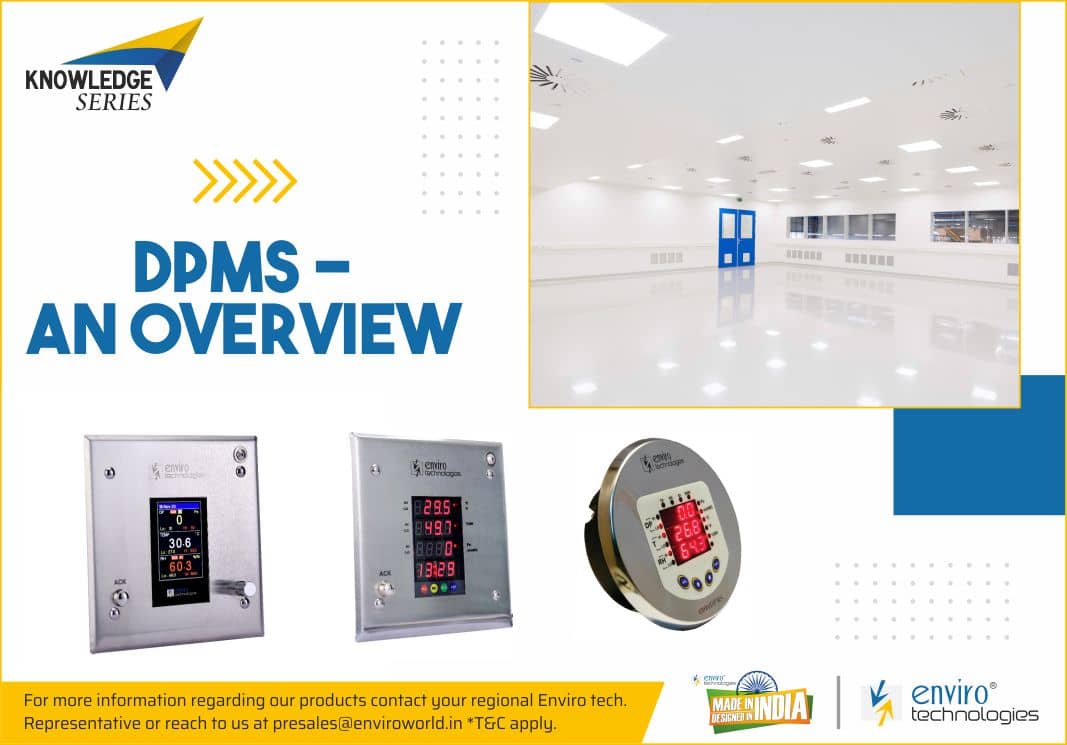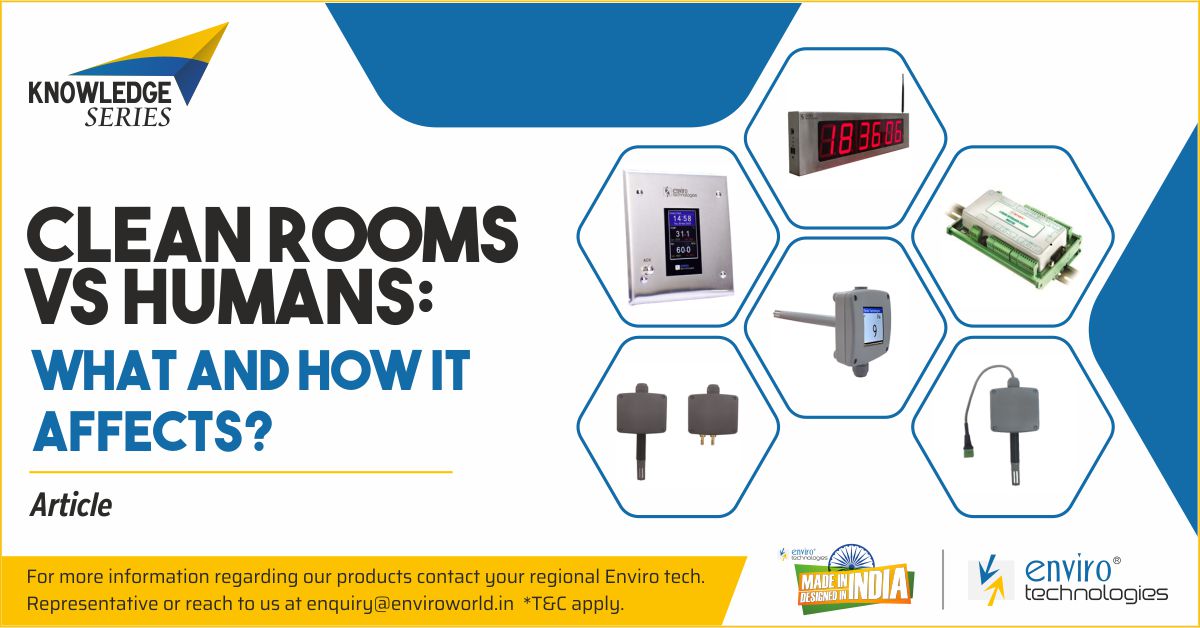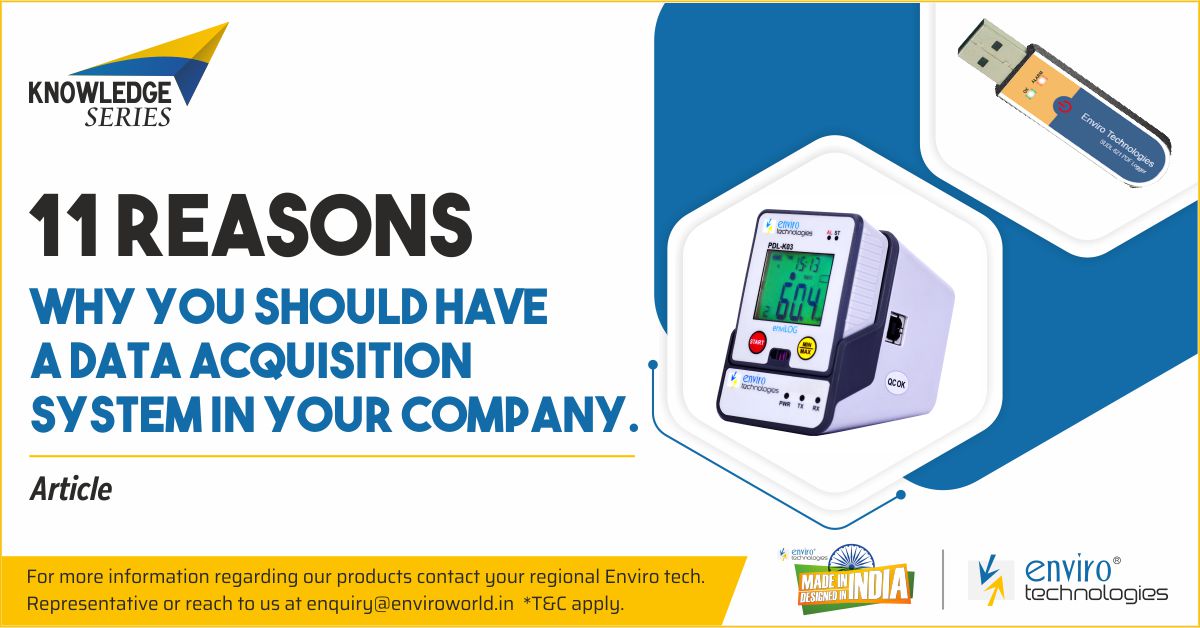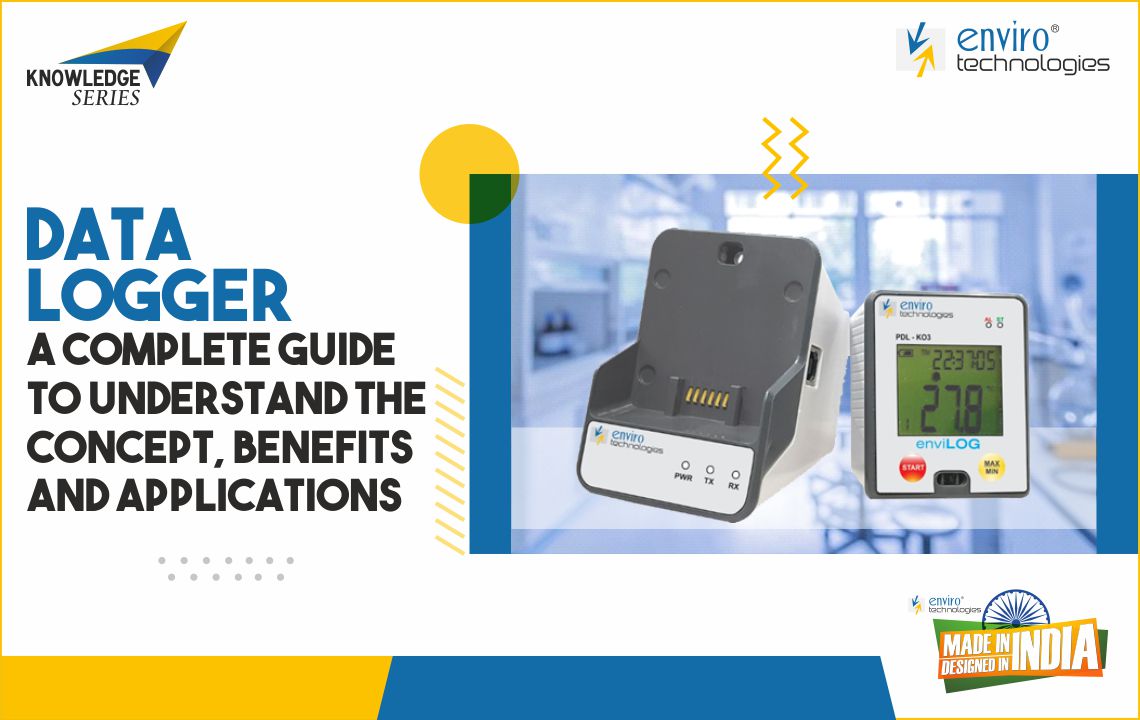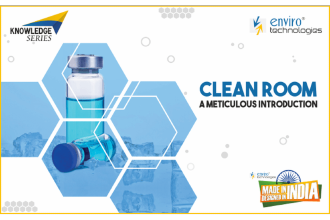Vaccines: From Factory to Syringe
Casualties across the world wrought upon due to the COVID-19 pandemic screams the need for vaccines. However, the challenge does not lie in just coming up with the vaccine but making it available to billions. Hence, countries around the world must consider investment priorities to make the vaccines available on an equitable basis
These include the purchase of vaccines, strengthening the health care workforce, and establishing reliable supply chains. The major challenge lies in establishing supply chains.
Transportation of vaccines from manufacturers to distribution centres such as hospitals, health care centres, and pharmacies involves challenges such as temperature maintenance to avoid wastage due to exposure to excessive heat, cold, or light. Hence transport, handling, and storage become key determiners to consider.
The success of mass-scale immunisation programmes depends on the functionality of the supply chain and logistic systems. A robust supply chain ensures effective vaccine storage, temperature control, and logistics management information systems for uninterrupted availability of quality vaccines from manufacturers to service-delivery levels. A well-implemented logistic system includes vaccine management and monitoring, cold chain management, and immunisation safety that avoids vaccine wastage rates, stock-outs, operational programme costs, and negative impact on public health.
These will be transported to distribution centres equipped with apparatus for cold storage by working with logistics partners. These centres could be hospitals, public health care centres, pharmacies or other vaccine administration sites with cold storage facilities.
Once the companies figure out the logistics, pharmacies, and hospitals need to develop or acquire low-temperature freezers to store the vaccines. Alternatively, they can use dry ice to store the vaccines. To achieve this, vaccination centres will need new equipment, especially trained staff, and a monitoring system to smoothen the process and make coordination better. This requires the involvement of all the parties such as governments, companies, and health systems to formulate a new subzero supply chain - or wait for vaccines that can sustain at a lower temperature
However, logistics and acquiring cold storage units will impose major challenges on Asian countries, particularly overly populated places such as India as much of its population live in sparsely populated areas without efficient transport links. Such countries would need approximately more than 1,000 vaccination centres, each in major and small, and nearly 7,000 in rural areas. Such countries require 15 to 20 times more distribution centres than OECD countries due to the sheer volumes of the vaccine that needs to be distributed.
India has over 27,000 cold-chain points from where stocked vaccines can reach more than eight million locations. In addition, it has 76,000 items of cold-chain equipment, of which 95% of them are located in primary health centres, community health centres and sub-centres. Additionally, according to government reports, 28,340 new items of cold-chain equipment were purchased for vaccines in 2017. These facilities allow the vaccines to be stored at 2°C to 8°C. However, if Moderna and Pfizer vaccines emerge to be a success, India’s cold chain won’t be sufficient to support their storage without affecting the current immunisation programmes.
Additionally, these countries should develop reliable electricity and cold storage, two crucial elements to keep vaccines effective. Stakeholders involved in the distribution channel should also consider the location of the rural areas and associated factors such as lack of proper roads, running water, or telephone connection which will make distribution a cumbersome process. Thus, it is crucial to address these issues to avoid difficulty in contacting potential vaccine recipients and deliver it to them.
Moreover, India will also need auto-disabled syringes that will prevent reuse and possible reinfection and medical glass vials to facilitate the vaccination process, which are important components in the supply chain. To increase the production of these on short notice, companies will need to import new equipment. Additionally, vials also go through testing for vaccine approval. After the vaccine is placed in a glass vial, the complete package, including the rubber stopper, is tested for the vaccine’s stability and national drug regulatory approval.
Hence the journey of a vaccine from the factory to syringe involves various stakeholders, private and public, wherein one needs to forge a strong partnership to expedite the process and make it available to all.

